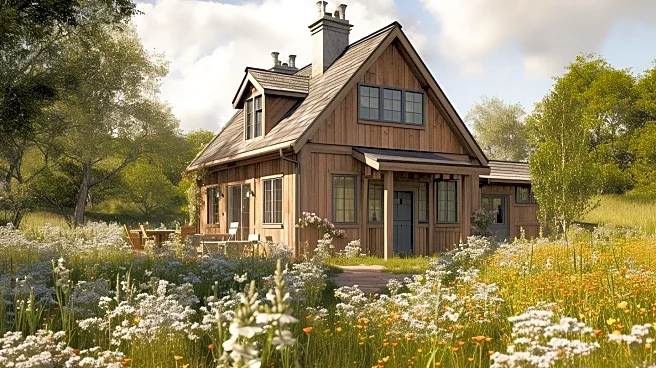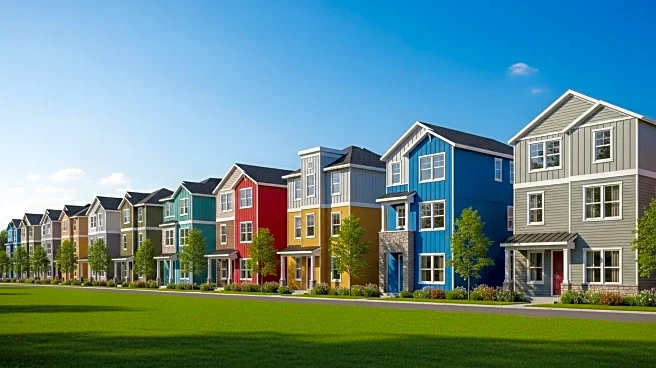What's Happening?
Residents of Eccleshall, Staffordshire, are opposing plans to build over 1,500 new homes across 10 sites in the town. More than 4,000 people have signed a petition against the development, citing existing infrastructure issues such as traffic congestion, flooding, and an overburdened healthcare system. Developers, including Muller Property Group and Bloor Homes, have submitted or plan to submit applications for these housing projects. The local government has set a target of 749 new dwellings per year for Stafford borough, with up to 60 in Eccleshall. However, campaigners argue that the town's infrastructure cannot support such rapid growth without significant improvements.
Why It's Important?
The proposed housing developments in Eccleshall highlight the tension between government housing targets and local community needs. While the government aims to address housing shortages, residents fear that the rapid expansion could overwhelm existing infrastructure, leading to decreased quality of life. This situation underscores the broader challenge of balancing national housing policies with local capacity and environmental considerations. If the developments proceed without adequate infrastructure upgrades, it could set a precedent for similar conflicts in other towns facing government-imposed housing targets.
What's Next?
The Ministry for Housing, Communities and Local Government has been contacted for comment, and further discussions are expected regarding the renewal of Stafford Borough's Local Plan, which guides development decisions. Local authorities may need to negotiate with developers to ensure infrastructure improvements accompany new housing projects. Community leaders and residents are likely to continue advocating for a more balanced approach to development that prioritizes infrastructure readiness and environmental conservation.
Beyond the Headlines
The debate in Eccleshall reflects a broader national issue of 'nimbyism,' where local opposition to development projects can hinder efforts to address housing shortages. The situation also raises ethical questions about the impact of top-down housing targets on small communities and the preservation of green spaces. Long-term, this could influence policy discussions on sustainable development and community engagement in planning processes.










